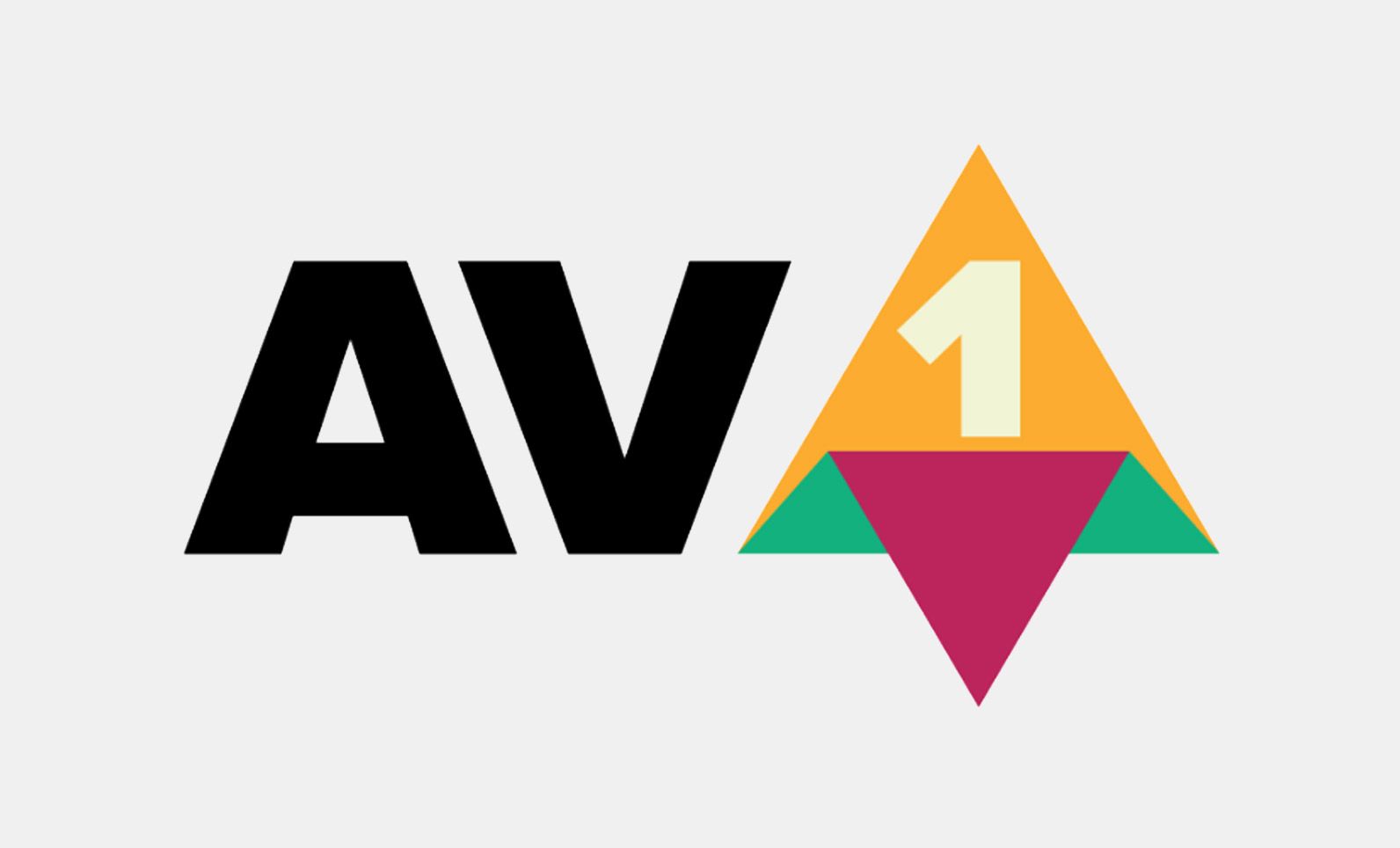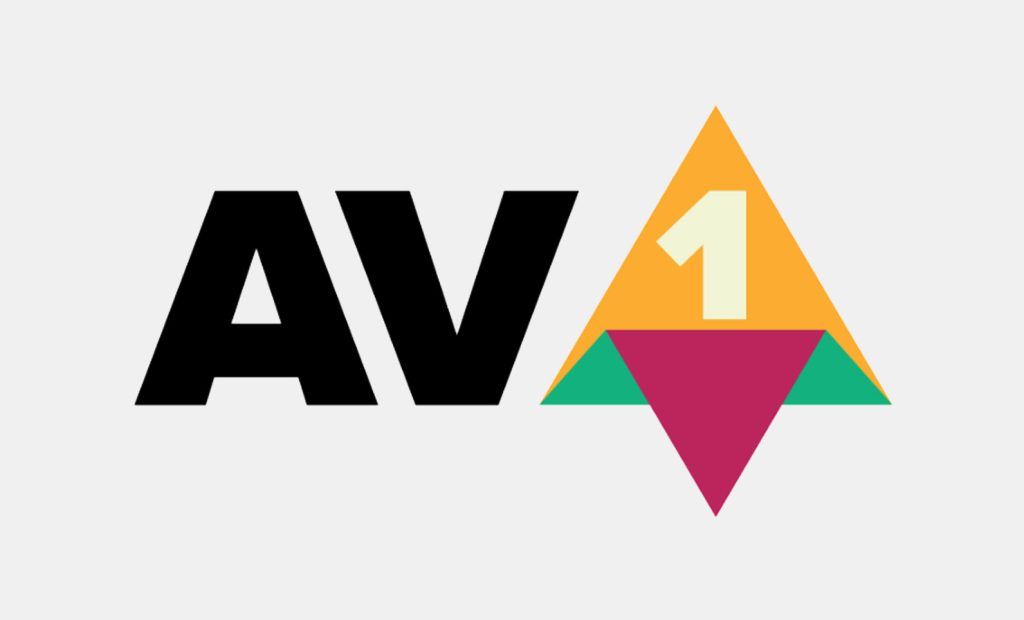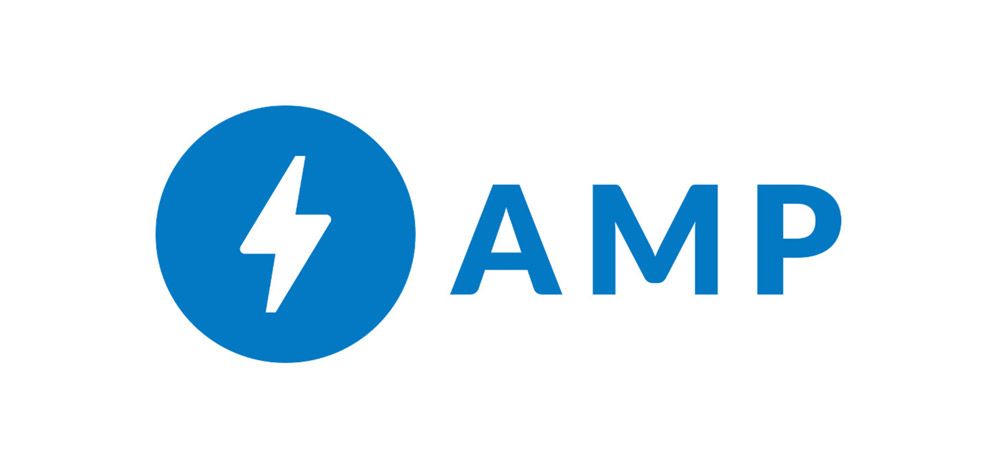Do you have sometime downloaded a image which format or extension is different from jpg or png and you can’t open it with any tool? May they are the new image format WebP or AVIF and your Operating System or tool is outdate in order to handle them.
Years ago Google realesed WebP format which we published an article in this blog about it and how step by step this new format replace JPG’s and PNG’s. So, in the last years it has been developed Avif format which can reduce up to 50% from WebP images. What this new format is? Why is we had WebP format? Let’s see it.

Avif format origin
In 2015 the Alliance for Open Media (AOMedia) consortium was founded by leading digital companies (Amazon, Cisco, Facebook, Google, Mozilla, Microsoft, Netflix, Intel and Apple) to improve the compression of image files, which consume more than half of the average bandwidth of a web page.
In March 2018, AOMedia released the specification of a new free video codec. The AOMedia Video 1 (AV1).
Since then the consortium’s efforts have resulted not only in an open video codec for moving images, but also in the AV1 image file format (AVIF) for images.
What format Avif is?
Avif format join combines the efficient compression algorithms of the AV1 video codec with the container technology of the HEIF (High Efficiency Image File) format, which has been widely used by Apple for some time.
The Avif format is the version of the HEIF video format, but for images. In fact they share the same standard.
The Avif format is a container that allows storing both static images and animations inside it, so GIFs are also supported.
What features does it have?
Among the most outstanding qualities of this new format are support for color depths up to 12 bits, native HDR, monochrome formats and lossless compression, any color space: wide color gamut, ISO/IEC CICP and ICC profiles, and 4:2:0, 4:2:2:2, 4:4:4:4 chrominance subsampling.
Pero la principal característica del formato Avif es que el equilibrio entre la calidad de la imagen y su ligereza a la hora de cargarla para enviarla o mostrarla en una web. Esto es lo que pretendía el formato WebP, pero se ha terminado quedando corto, por lo que no ha logrado consolidarse.
But the main feature of the Avif format is the balance between the quality of the image and its lightweight when it is loaded for sending or displaying it on a website. This is what the WebP format was intended to do, but finally did not succeed, so it has not been able to consolidate.
Avif format support
Avif is a new file format for static images, but more and more leading technology companies are supporting this new format.
Browsers and operating systems are adding support for this new format. Opera (since version 71) and Google Chrome (since version 85) are already natively compatible; Safari is not yet.
Android, since version 12, has added support for this type of image formats. Already in version 11, a similar change was made in video format with the release of the HEIF format. Now it is the turn of the image format. A very reasonable step, as mentioned above, Avif and Heif share the same standard.
Windows 10 users can now work with the new image format and convert AVIF files in their Paint tool.
AVIF images can be embedded in a web page as an alternative to the standard JPEG. Only a little HTML coding is required
<picture><sourcesrcset="img/mypicture.AVIF"type="image/AVIF">
<source srcset="img/mypicture.webp" type="image/webp">
<img src="img/mypicture.jpg" alt="Description of picture"></picture>
In short
The new Avif format is a serious candidate to replace not only the classic jpg or png, but also the recent WebP. We will have to keep an eye on its evolution and consolidation within the industry, but its great optimization between quality and size makes it a sustainable and functional option. Technology companies know it and are gradually adding support in their systems for this new format.
Categoría/s: Graphic design




Leave a Reply